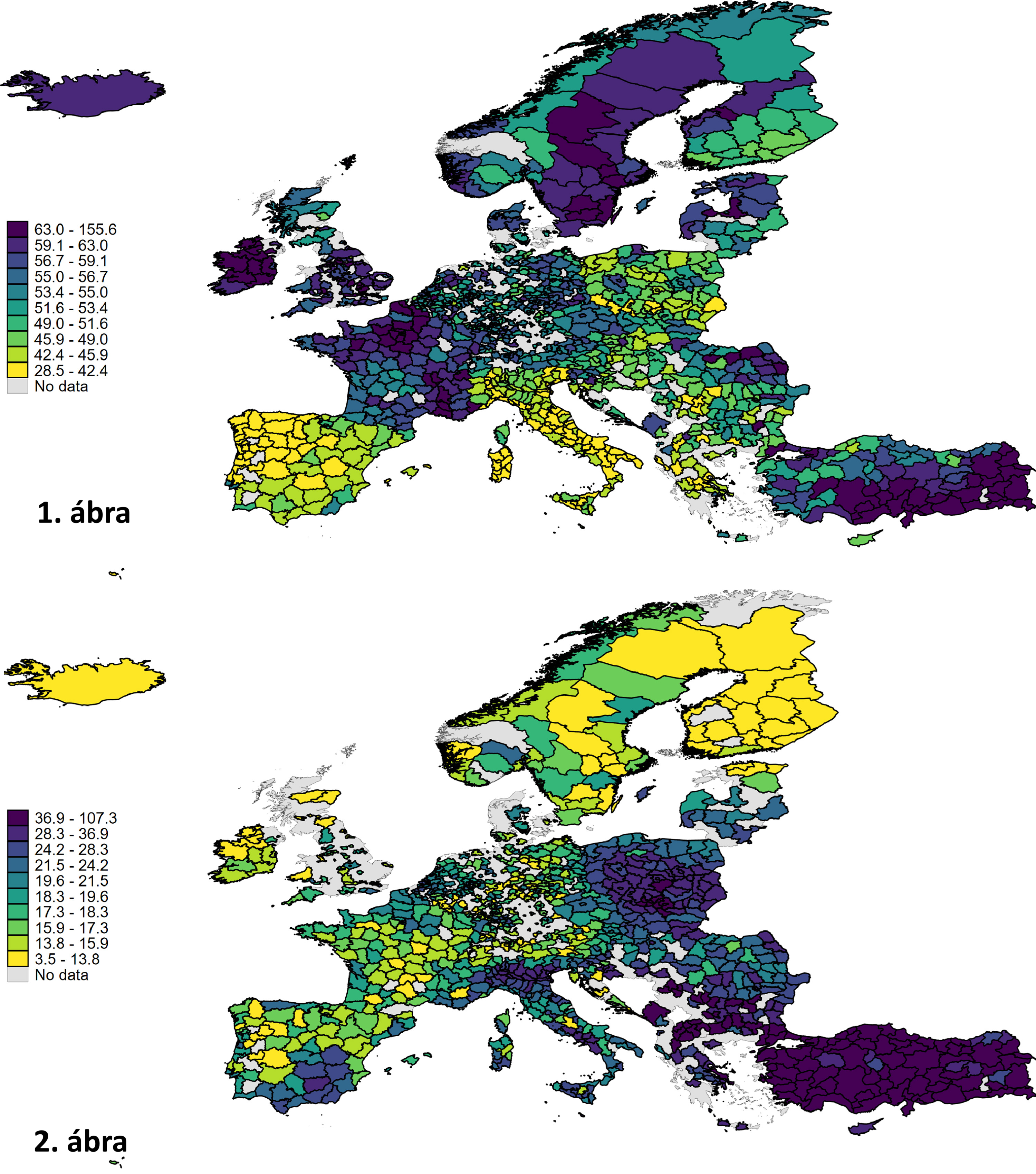Invisible Impact: A Direct Link Between Air Pollution and Declining Birth Rates
Air pollution has a profound impact on our lives and health, but do we truly understand its full extent? A recent study by the HUN-REN Centre for Economic and Regional Studies (HUN-REN CERS), which examined 657 regions across Europe from 2013 to 2020, has identified a significant correlation between air pollution and declining fertility rates—an issue that is not only a public health concern but also has significant policy implications.
The researchers conducted a comprehensive analysis to assess how different types of air pollutants affect birth rates across Europe. Their study examined ten major pollutants: nitrogen dioxide (NO₂), nitric oxide (NO), nitrogen oxides (NOx), ozone (O₃), sulphur dioxide (SO₂), particulate matter of varying sizes (PM2.5 and PM10), benzene (C₆H₆), lead (Pb), and carbon monoxide (CO). To establish a causal link between pollution levels and birth rates, they employed a quasi-experimental approach, using wind speed and the number of cold (‘heating’) days as key variables.
"According to existing research, the number of cold days does not directly affect fertility. However, colder days result in increased heating, which in turn raises air pollution levels. By leveraging this, we can isolate periods with lower or higher pollution levels," explains Ágnes Szabó-Morvai, Senior Research Fellow at HUN-REN CERS and Research Fellow at the University of Debrecen.
Previous estimates of air pollution’s impact on fertility have often been geographically and temporally limited. In contrast, this study analysed data from 657 regions across Europe and its neighbouring areas, covering up to six years. Birth rate statistics were gathered from 36 European countries and adjacent regions.
The results reveal a direct causal link between higher concentrations of particulate matter and a significant decline in birth rates. Specifically, a one standard deviation increase in airborne particulate matter leads to a 14.1% drop in births the following year, with a further 17.2% decline two years later. This effect is particularly pronounced in lower-GDP regions, underscoring the greater challenges faced by economically disadvantaged areas. The researchers found that while particulate matter had a substantial impact on fertility, other pollutants had a negligible effect.
The study highlights the need for targeted environmental policies. Reducing particulate matter levels would not only improve public health but also help mitigate the decline in Europe’s fertility rate—a critical issue given the ageing population and shrinking workforce. The researchers emphasise that different policy areas can either reinforce or counteract each other. “For example, if a major family support programme is funded by promoting industrial activities that increase air pollution,” explains Ágnes Szabó-Morvai.
The research demonstrates that particulate matter in the air has a significant impact on fertility. The primary sources of these pollutants include wood and coal combustion, as well as soot emissions from petrol and diesel engines. “Introducing more energy-efficient heating systems, modernising vehicle fleets, and tightening vehicle registration regulations would not only improve air quality but could also help increase birth rates,” added the HUN-REN researcher. This reinforces the idea that air quality is no longer just an environmental concern but a key factor in societal and economic resilience.
While air pollution is a significant factor influencing fertility, it is not the only one. Climate change affects various aspects of our lives, from the economy and environment to even our sleeping patterns. Rising temperatures also have societal impacts that are less frequently discussed. As previously reported, HUN-REN CERS researcher Tamás Hajdu has examined the relationship between rising temperatures and fertility rates.


